Like most schools, my children’s school recently had its curriculum night. This is our 8th year at Giddens School, and each year I am delighted to learn what new skills my children are learning. Of course, I like to know what academic skills they are developing. However, as a parent educator, it’s the social emotional skills that really matter to me.
Giddens School delights me to no end, as they have such a skilled group of teachers who truly understand the foundation of learning comes from developing trusting relationships with students built on mutual respect; and a culture where students embrace challenges without fear of mistakes. The evidence of this is literally written on the walls in my daughters’ classrooms.
As parents looked around the walls in Siri Miller’s 2nd/3rd grade classroom on curriculum night, they caught a glimpse into how the magic of this kind of learning environment is created. Siri and the other teachers at Giddens School are using Positive Discipline in the Classroom to create a space where children feel encouraged, connected and respected.
Teachers who use Positive Discipline in the Classroom frequently report that the time spent doing these activities is well worth it. The classroom runs so smoothly, they are actually able to cover more academics over the course of the year. The best part is the children are learning the very skills that will help them thrive as adults. Universities and large corporations are begging for the next generation to develop these skills, arguing that our focus solely on academic skills has deprived workers of the ability to navigate today’s world.
Since I regularly teach Positive Discipline Parenting Classes, and use it in all my work with families, a parent asked if I would be willing to share what the children were learning and how parents can support their children in using these skills at home. As I have seen with my own children, having consistent ways of connecting and solving problems both at home and in school has huge benefits. We share a common language for communicating, supporting each other, and dealing with life challenges. When children experience this in both home and school, they easily internalize these skills as an essential part of any healthy relationship.
All of the skills/activities are taught experientially, meaning they not lectured to, but brainstorm together around feelings, things that challenge them, and how to solve problems. They practice and practice, knowing that mistakes are an important part of learning. These activities have also progressed in a certain order so that they build upon each other.
Over the course of the year, I will share what activities Siri’s class has done to build their learning environment, and how you can bring this skill to your own home or classroom. You can find future blog posts on these skills on my blog, under the Education Category. You can also bookmark this post, as I will also keep the list below updated.
If you are interested in learning more, you can attend Positive Discipline Parenting or Classroom training. If you are in the Pacific Northwest, check out Sound Discipline to learn more about bringing Positive Discipline to your school or community.
Follow the links below to read about the activities and skills children are building.



